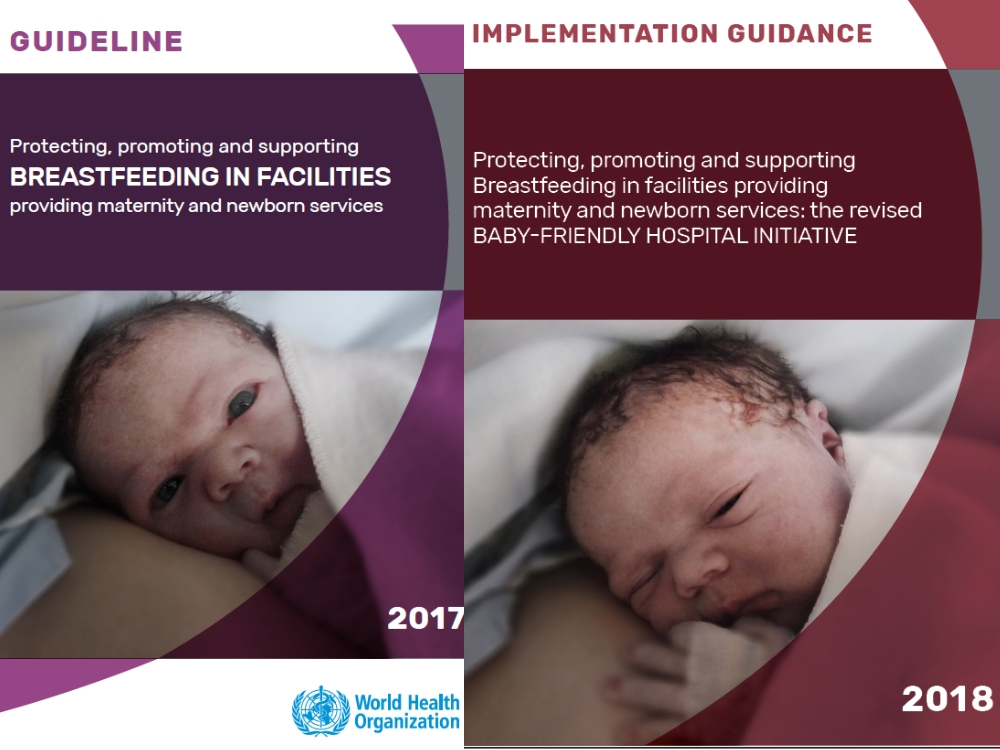News
Nutrition International celebrates BISA project’s milestones in stunting reduction and enhancing health in Indonesia
June 26, 2024
Kangaroo Mother Care and the Baby-friendly Hospital Initiative: Better alignment so small and vulnerable babies have the best start in life
Nutrition International is proud to be joining peers from around the world at the 12th International Conference on Kangaroo Mother Care in Bogota, Colombia as well as recognizing World Prematurity Day on November 17.
Posted on November 16, 2018


Nutrition International (NI) is proud to be joining peers from around the world at the 12th International Conference on Kangaroo Mother Care (KMC) in Bogota, Colombia this week as well as recognizing World Prematurity Day on November 17. This is an important time to challenge ourselves on what more we can do to make sure the 15 million babies born too soon each year survive and thrive.
To encourage thought and action on one key but under-recognized area, NI’s Jenny Busch-Hallen, Senior Technical Advisor for Maternal and Neonatal Health and Nutrition, presented a poster on Kangaroo Mother Care and the Baby-Friendly Hospital Initiative: Aligning and Integrating Implementation at Country Level for Greater Impact at the conference.
KMC is a newborn care approach recommended for babies born early (preterm) or small (low birth weight), which involves holding the baby skin-to-skin on the mother’s or other family member’s chest, ideally feeding them only breastmilk, and having close follow up of the mother and baby once they return home.
The Baby-friendly Hospital Initiative (BFHI) seeks to ensure that breastfeeding is protected, promoted, and supported in facilities that provide maternity and newborn care. A large body of evidence demonstrates the positive impact of BFHI implementation on breastfeeding outcomes, and the numerous benefits of breastfeeding are well-established.
Currently, both KMC and BFHI have low coverage globally and, despite complementarity between the two initiatives, there are important gaps that require concerted action in order to be filled. Greater emphasis on small and vulnerable infants is required in the BFHI ― and KMC programs need to do more to protect, promote and support breastfeeding.
In developing the poster, we reviewed synergies between BFHI and KMC and developed guidance on how each of the BFHI Ten Steps to Successful Breastfeeding could be implemented for stronger alignment and integration with KMC programs in order to help address existing gaps and improve outcomes for small and vulnerable babies.
We found synergy with KMC and opportunity for alignment and joint action in each of the BFHI Ten Steps. For example, Step 2 (staff competency) is to “ensure that staff have sufficient knowledge, competence and skills to support breastfeeding”. BFHI guidance specifies that staff should be assessed on helping a mother to breastfeed a low birth weight or sick baby. In addition, capacity-building and assessment should also include other components of feeding these infants, e.g. expressing and feeding expressed breastmilk. An example of where there should be joint action is in training and other capacity-building for facility staff on breastfeeding small and vulnerable babies, including planning, financing, development of materials, assessment, and follow-up.
WHO and UNICEF recently updated the BFHI guidance, which presents an excellent opportunity to leverage expertise and resources from BFHI and KMC efforts, in order to strengthen both and ensure optimal nutrition for small and vulnerable infants.
At the facility, country and global levels, the recommendations we have provided on aligning and integrating BFHI and KMC implementation should inform efforts to introduce and scale up BFHI and KMC and can help ensure quality KMC, which includes exclusive breastfeeding wherever possible.
There is already growing buy-in for this. For example, the revised BFHI guidance acknowledges complementarity with KMC. Also, during the conference, participants have deliberated on various aspects of KMC programming and one recommendation to come out of this was better alignment of health and nutrition initiatives, including KMC and BFHI. Participants also recommended integrating breastfeeding into the core set of KMC indicators.
We hope that better collaboration between BFHI and KMC will help facilitate efforts to align and integrate other initiatives moving forward, as there are gaps beyond just BFHI and KMC. Working together will help achieve greater efficiency, scale up, impact and sustainability so all babies, including the most vulnerable, have the best start in life.